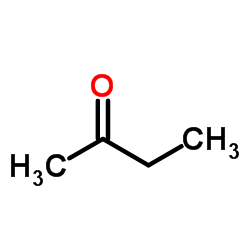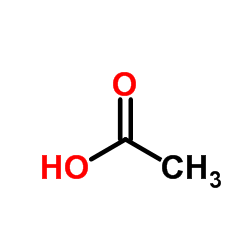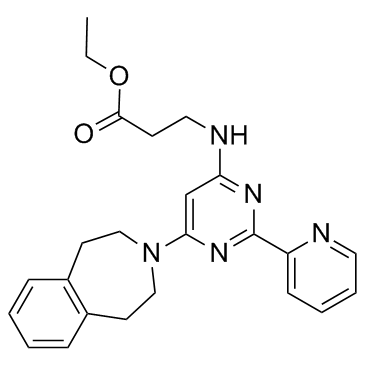| Structure | Name/CAS No. | Articles |
|---|---|---|
 |
Ethanol
CAS:64-17-5 |
|
 |
2-Butanone
CAS:78-93-3 |
|
 |
acetic acid
CAS:64-19-7 |
|
 |
GSK-J4
CAS:1373423-53-0 |
|
 |
Everolimus (RAD001)
CAS:159351-69-6 |
|
 |
Stanolone
CAS:521-18-6 |
|
 |
acetic acid
CAS:1173022-32-6 |